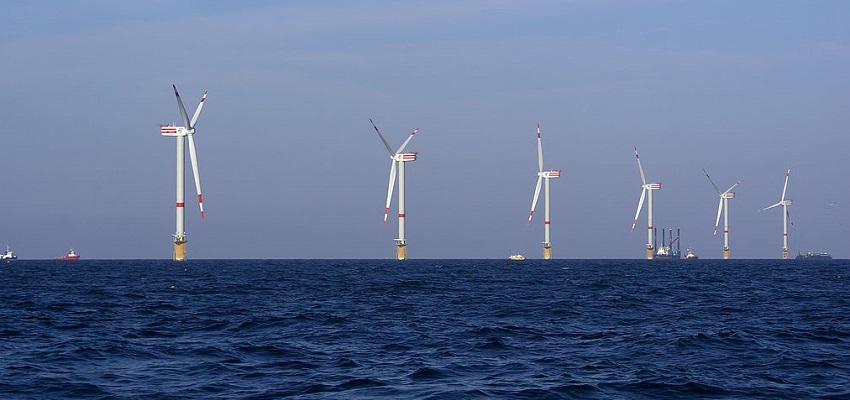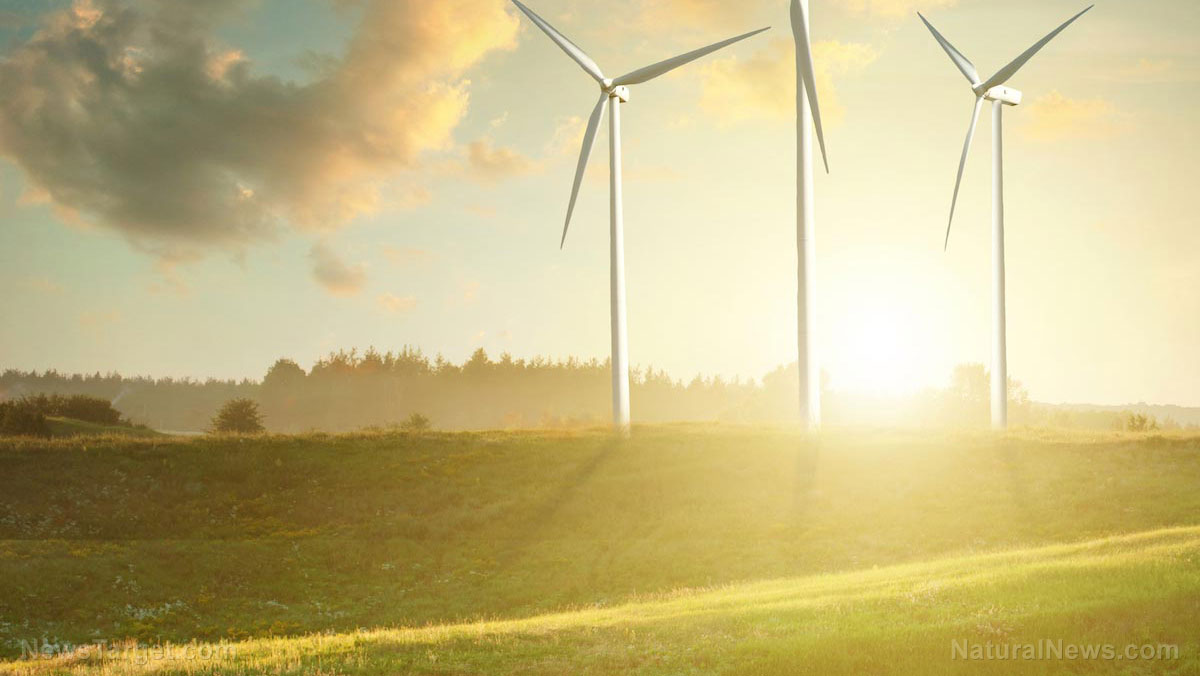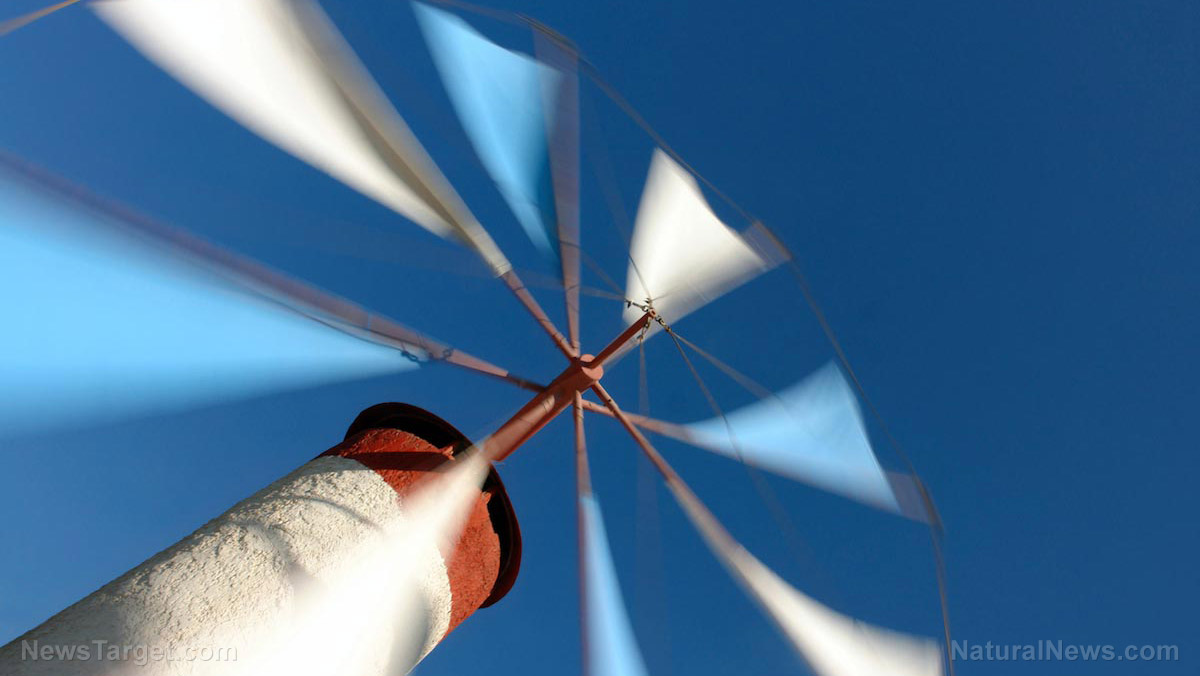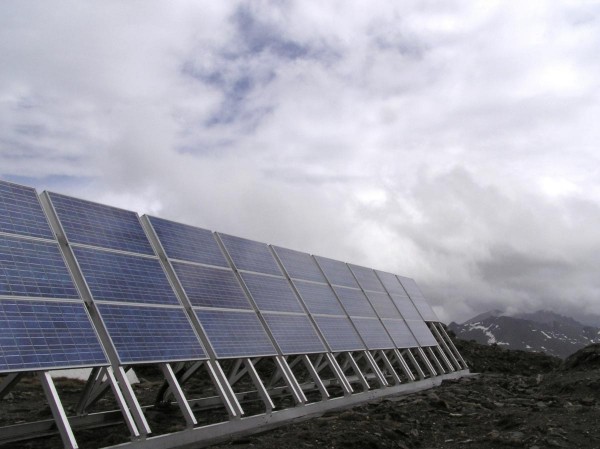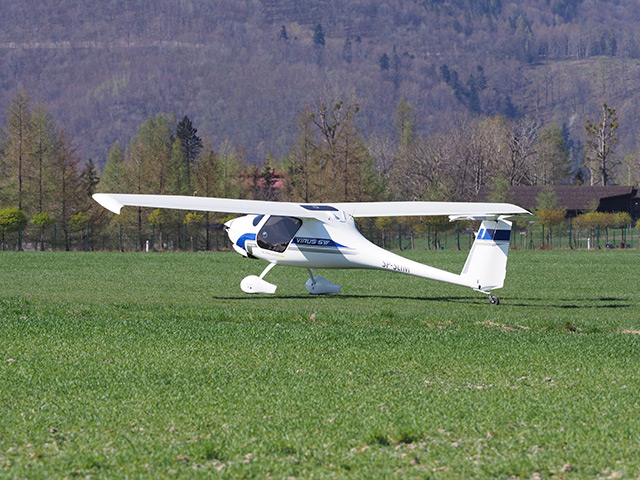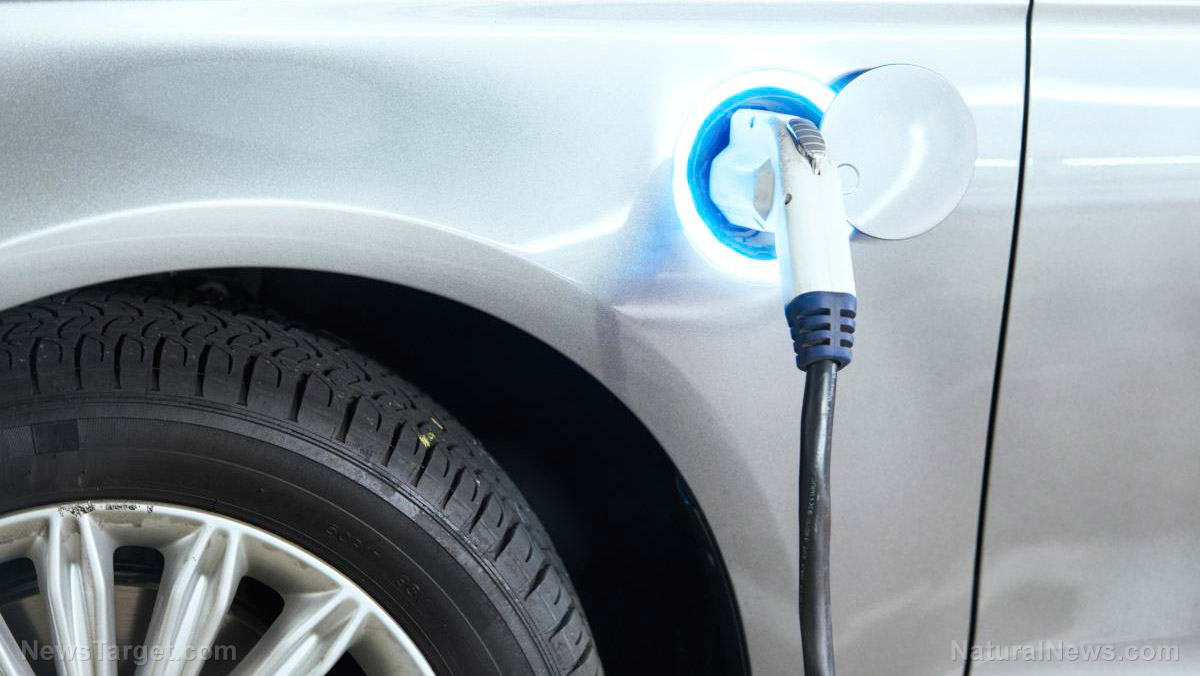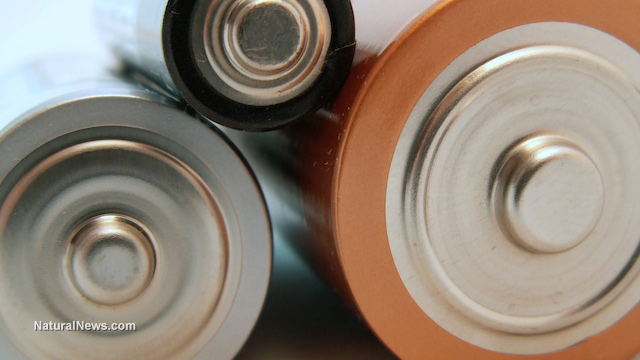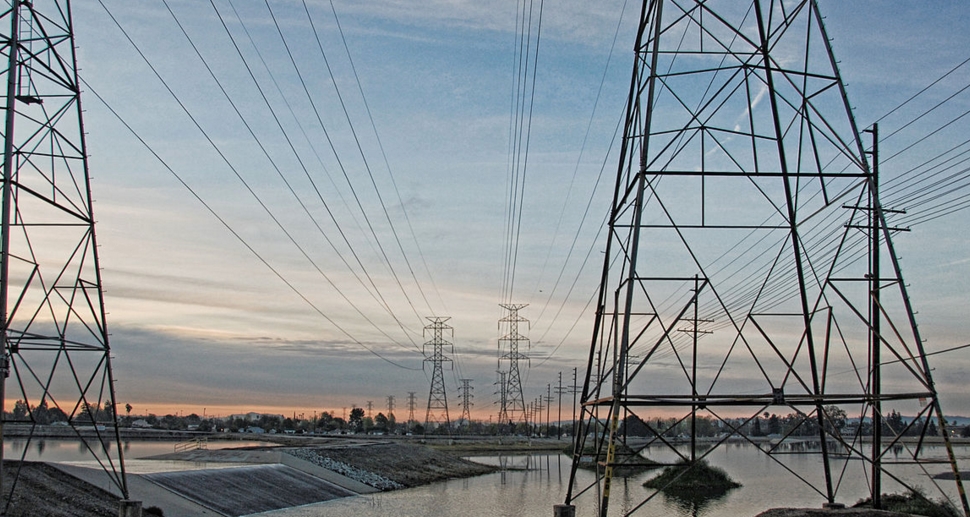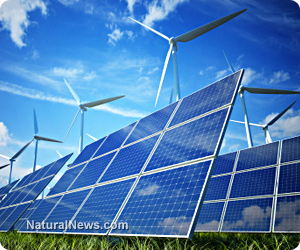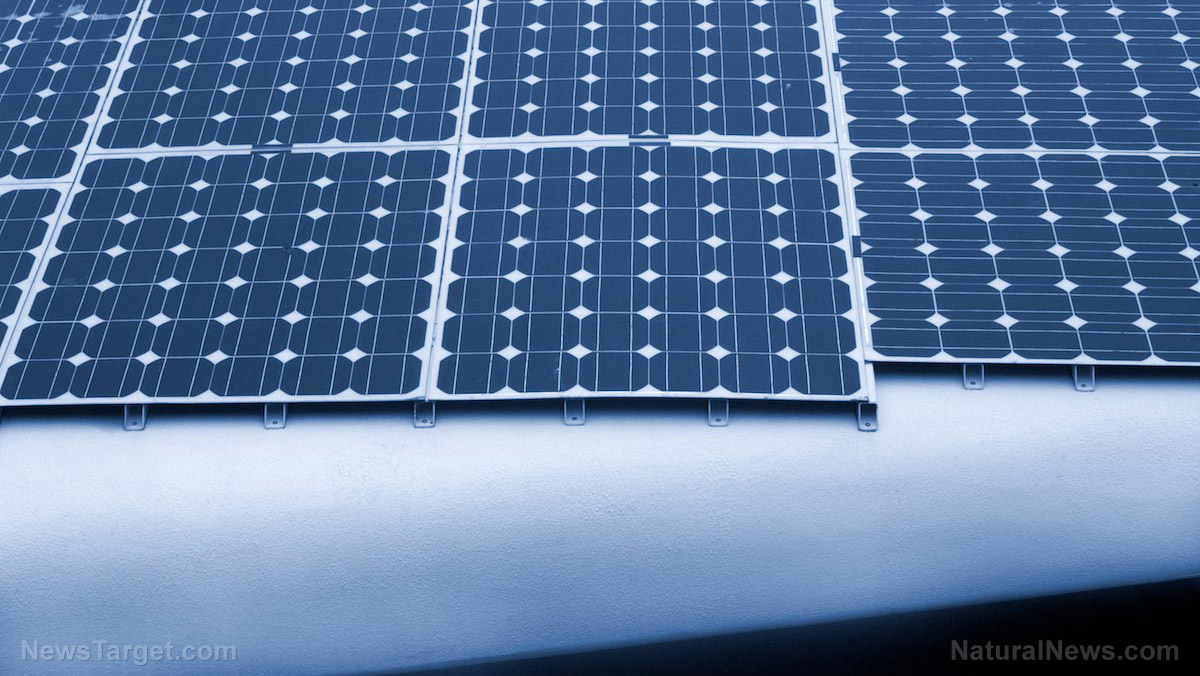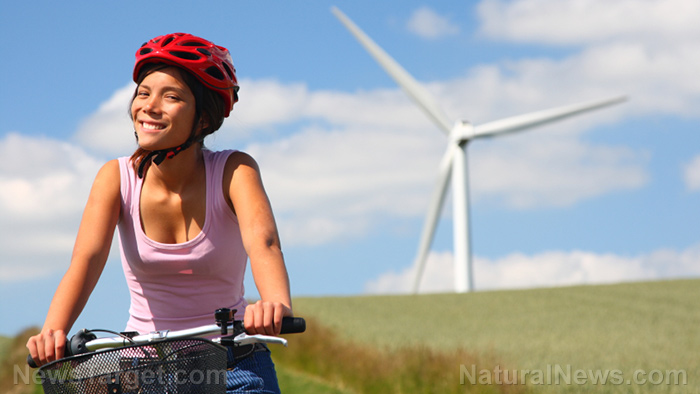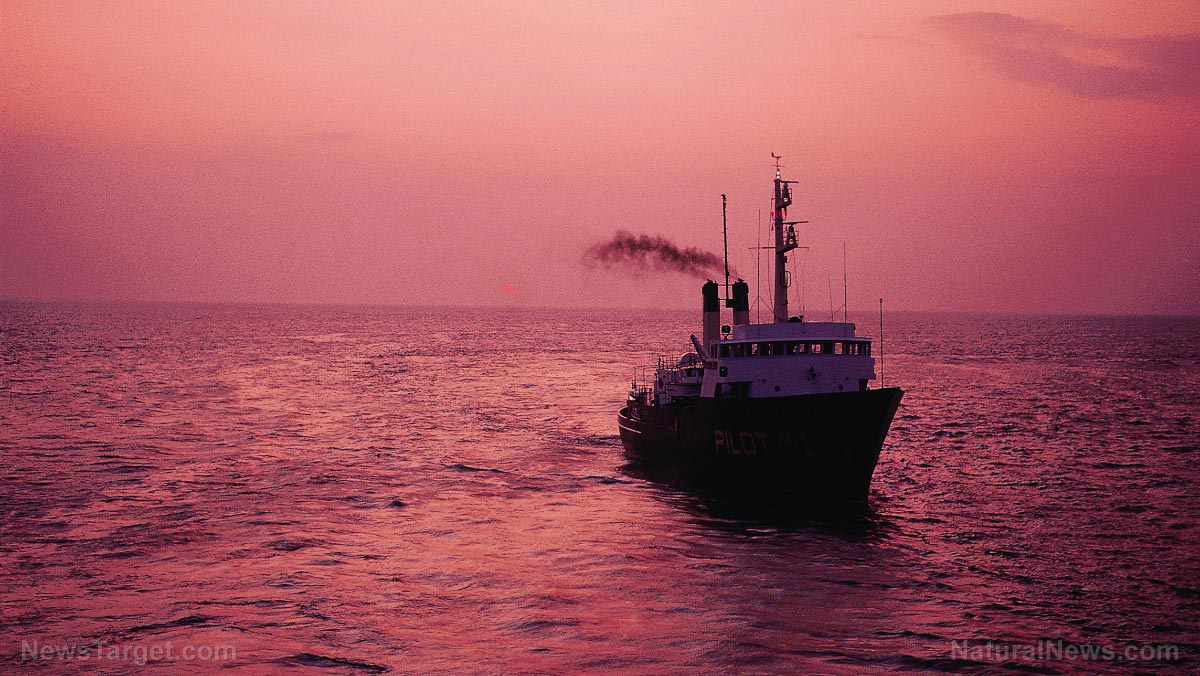The world awaits the first comprehensive performance reviews of offshore wind farms that are currently in operation. Now, it looks like it will finally get a first glimpse at this highly awaited information, and it’s quite encouraging.
Hywind, the world’s first commercial offshore wind farm that’s operating out of Scotland, is slowly but surely beginning to show the massive impact that this type of renewable energy can bring to the world. To be more specific, Hywind is said to have recorded a 65-percent capacitor factor throughout the last three months. This is based on data provided by Statoil, the Norwegian mega-corporation responsible for Hywind’s construction.
In case you’re unaware, capacity factor is the unit of measurement used to track a so-called generation unit’s – in this case, Hywind – actual output when compared with its theoretical maximum output. In other words, it stands for the real-world capacity of the generation unit to produce electricity, when compared to what it was designed for. With a capacity factor of 100 percent, for example, Hywind would be able to send 30 megawatts of power to the grid all day long since it began operations.
With a capacity factor of a just 65 percent, Hywind seems to be capable of delivering only a little bit more than half of its theoretical maximum output. However, this number is nothing to scoff at.
Indeed, according to the Energy Information Administration (EIA), Hywind’s numbers are quite impressive when you think about it. That’s because onshore wind installations in the U.S. have only shown an average capacity factor of about 36.7 percent in the year 2017.
Meanwhile, solar photovoltaic installations showed a similarly dismal average capacity factor in the same year at only 27 percent. Conventional hydropower sources performed better, coming in at 45.2 percent capacity factor on average. But it’s clear that Hywind has far surpassed them all. (Related: World’s soon-to-be largest offshore wind farm just began construction, expected to deliver 4.1TWh of electricity each year.)
In its current form, Hywind can still be improved. With its design now, it was built pretty much like a floating offshore oil rig, relying on suction anchors to remain tied down to the seabed and avoid any problems. This helped the Statoil save money in its construction, by eliminating the need for expensive fixed underwater structures to hold it steady, and also allowed them to site Hywind’s turbines farther out to sea in deeper waters where they can be as effective as possible.
In fact, these turbines can be placed even farther out to sea, where the wind is said to be even stronger and much more consistent. And even though it is referred to as a “floating” structure, it can withstand strong winds even in violent storms without failing. This means that it can indeed be adjusted to achieve better performance without suffering from structural damages.
According to Statoil, Hywind comes with a pre-configured system that anticipates the arrival of stormy winds that allows it to work accordingly. It relied on such a system when Hurrican Ophelia struck, which exposed it to wind speeds of up to 80 miles per hour (125 kilometers per hour).
“Whilst the wind turbines shut down for safety reasons during the worst of these winds, they automatically resumed operation promptly afterwards,” the company explained. “A pitch motion controller is integrated with the Hywind turbine’s control system and will adjust the angle of the turbine blades during heavy winds, which mitigates excess motions of the structure.”
The Hywind facility may already show plenty of promise for the future of offshore wind farms, but this is only the beginning. You can expect even bigger and better sites to rise in the coming years, taking advantage of the technology that allows harvesting a large amount of renewable energy for the benefit of not just humans but also the planet.
Sources include:
ArsTechnica.com
Equinor.com
EIA.gov

